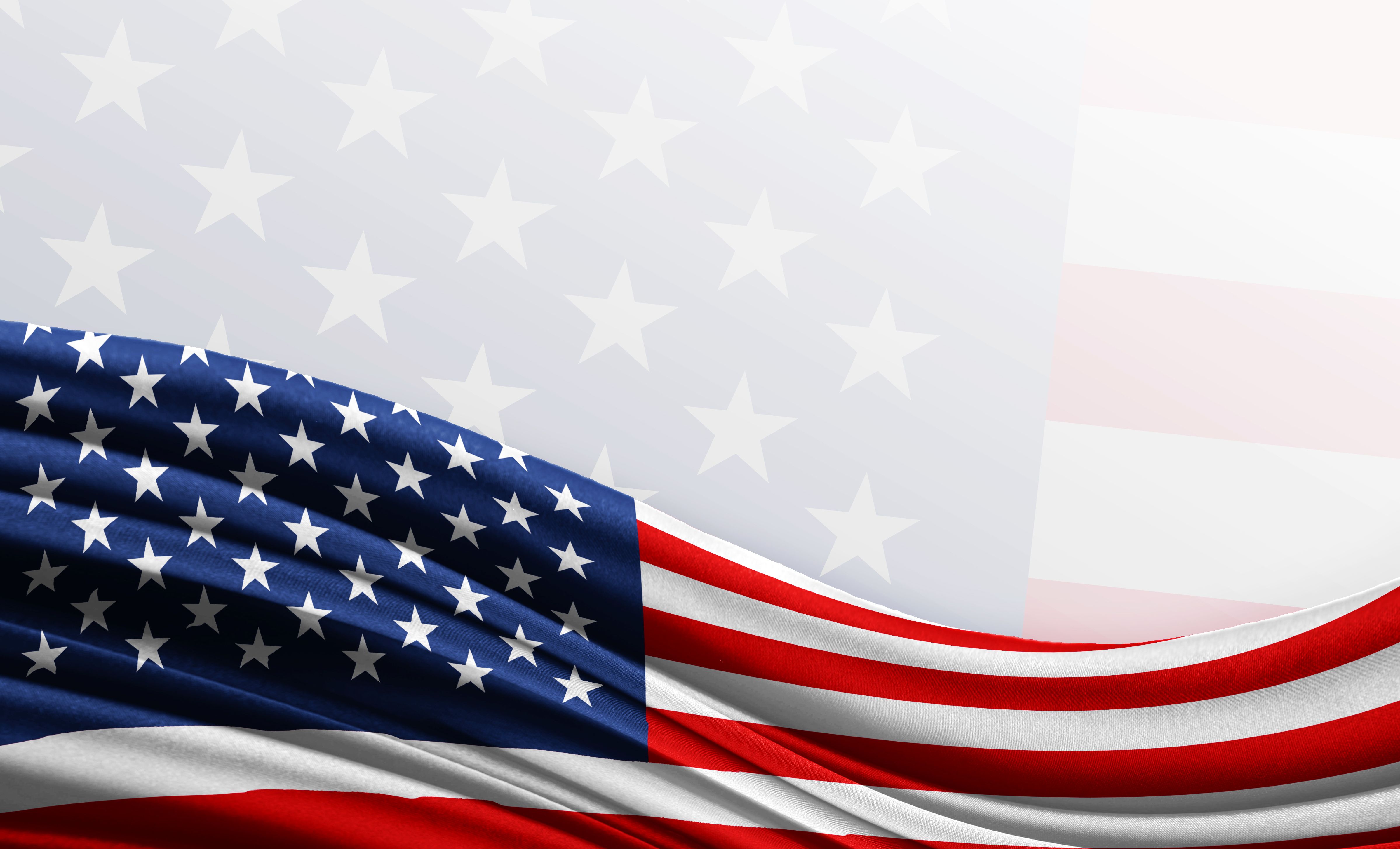Publication
Article
Psychiatric Times
Campus Protests, Narcissism, and the Dearth of Civility
Author(s):
What can we do, as a society, to reduce the levels of incivility and narcissism that appear to be on the rise?
COMMENTARY
I began this piece with the title “Campus Protests and the Death of Civility,” then I suffered an unexpected twinge of hopefulness. Yet the vitriol, racial slurs, and even death threats surrounding the recent spate of campus protests do not encourage me.1
To be clear: I do not mean to disparage the legitimate grievances of the protesters. Racial inequality and the harassment of minorities on college campuses are serious problems. That they have not been adequately addressed by some colleges and universities is an understandable source of anger-for both students and faculty. Thus, vigorous protest is warranted; and, to their credit, most of the student protesters have behaved respectfully and peacefully. But when an esteemed Yale professor is publicly berated by a student delivering an obscenity-laced rant, some critical process has gone wrong.2 Whatever the justice of the student’s claims, the manner of her attack points to a larger problem on our college campuses.
To be sure, this was only one incident. But as Professors Cynthia M. Clark and Pamela J. Springer3 point out, “. . . incivility on American college campuses is a serious and growing concern.” They observe that “. . . courtesy and civility among faculty and students are fracturing and dissolving on college campuses across the country. Faculty members complain about the rise of uncivil behavior in their students and students voice similar complaints about faculty.”3
Clearly, incivility on campus is not limited to students. Robert E. Cipriano-a professor emeritus at Southern Connecticut State University-has vividly described how incivility can infect faculty as well. He writes:
. . . there are many non-collegial, uncivil, and nasty encounters that occur in the academy on a regular basis. I have spoken with countless department chairs, deans, and provosts who recount horror stories of how one cruel and venomous person spewing nastiness and malice in a vindictive manner caused a department to be dissolved.4
Furthermore, I would argue that these obnoxious occurrences are not confined to the halls of academe and represent a growing threat to civil society as a whole. Very simply, I believe we are witnessing the gradual but steady erosion of civility in American culture. I am not alone in this. In a 2011 Rasmussen Reports telephone survey, 76% of respondents expressed the view that Americans are becoming “more rude and less civilized.”5 This was up from 69% in 2010. And while American politics has always been characterized by rudeness and incivility, the current presidential campaign might be setting a new standard in sniping, snarkiness, and mudslinging.
The moral basis of civility
What is “civility” in the first place? The word may suggest merely “good manners,” politeness, or perhaps the exaggerated upper-class etiquette of Downton Abbey. But civility is a much deeper concept that has its roots in fundamental ethical principles. As Lane and McCourt6 point out, “. . . a thorough characterization of civility must include the idea of making ethical choices.” They also observe that:
. . . civility is the result of a choice we make on behalf of others-disciplining our passions for the sake of cooperation and limiting our language to create community. This means that civil behavior requires us to communicate on the basis of respect, restraint, and responsibility.6
In his magisterial book, Civility, Yale law professor Stephen L. Carter7 espouses an even more communitarian view of civility. He defines “civility” as “. . . the set of sacrifices we make for the sake of our common journey with others. . . .” Carter goes on:
Rules of civility are . . . also rules of morality: it is morally proper to treat our fellow citizens with respect, and morally improper not to. Our crisis of civility, then, is part of a larger crisis of morality.7
Incivility and the rise of narcissism
Carter argues, “If America is to be civilized in the twenty-first century, it must begin by civilizing its children, teaching them about the necessary balance between instinct and desire, on the one hand; and doing what is morally required, on the other.”7 Carter is making a moral argument here-which I do not dispute.
As a psychiatrist, however, I am also interested in the psychological development of the child, and why some children seem to develop along a trajectory that leads to intense narcissism8-the fertile soil, in my view, upon which incivility thrives. Indeed, there is good evidence that narcissism has been increasing among our young people in recent decades9-a factor that cannot be overlooked as we view incivility on the college campus. Leaving aside various technical and psychoanalytic definitions of the term,8 we can think of narcissism, broadly, as the attitude that proclaims, “I should be able to do whatever the hell I please, and if other people don’t like it, that’s just too bad!”
In their book, The Narcissism Epidemic: Living in the Age of Entitlement,9 Jean M. Twenge, PhD, and W. Keith Campbell, PhD, argue that several social and cultural trends have contributed to “the relentless rise of narcissism in our culture.” They point to “the movement toward self-esteem” that began in the late 1960s and the movement away from “community-oriented thinking” that began in the 1970s. They also point to “. . . the new parenting culture that has fueled the narcissism epidemic.” In effect, the authors argue that there has been a shift away from limit setting and toward allowing the child to get whatever he or she wants. Moreover, recent spikes in school-related violence suggest a further ominous development: when an excessive focus on one’s own wishes merges with rage and resentment-often in the context of bullying by peers-violence may follow.10
I reject any blanket condemnation of the recent student protesters, who have been the object of a good deal of name-calling in the general media. But a minority of students have exhibited the sort of angry and entitled self-regard2 that seems to proclaim, “My university’s fundamental duty is to safeguard me from any upsetting stuff, and to make sure I am happy and comfortable-and if the powers-that-be don’t do that, I have every right to show disrespect to my teachers and faculty.”
That said, having spent most of my professional life in academia, I can testify that narcissistic self-regard is also found within some college and medical school faculties-many of whose members came of age in the 1960s and 1970s and were exposed to the very social and cultural trends identified by Twenge and Campbell.9 And, yes-that exposure applies to the present writer, who often finds it necessary to keep his own sense of self-regard and entitlement in check.
Rebuilding interdependence, civility, and community
What can we do, as a society, to reduce the levels of incivility and narcissism that appear to be on the rise? Carter7 puts it simply and eloquently when he writes, “Teaching civility, by word and example, is an obligation of the family.” He adds, “. . . children need to see evidence that adults can disagree and yet respect and even love each other . . . teaching civility to the next generation also requires the establishment of clear rules of respect and simple good manners in the household.”7
Carter recognizes that children are exposed to many malign influences outside the home, which parents must strive to counteract. In this regard, I believe our schools must play a more prominent role in the inculcation of communal and interpersonal values. Over the past decade or so, a consortium of educators has outlined a program known as SEL, or “social and emotional learning.” As described by Greenberg and colleagues,11 “SEL programming builds children’s skills to recognize and manage their emotions; appreciate the perspectives of others; establish positive goals; make responsible decisions; and handle interpersonal situations effectively.”
The broader goal of SEL is to teach students “. . . to interact in socially skilled and respectful ways; to practice positive, safe, and healthy behaviors; [and] to contribute ethically and responsibly to their peer group, family, school, and community.”11
SEL makes sense to me. But in order to change the trajectory of our young people’s character development, we will need a concerted effort in which parents and teachers collaborate-a tall order for many schools struggling simply to maintain safety and order. Still, we need to start somewhere, if we are to create a culture in which mutual respect and civility are widely and deeply held values.12
This article was originally posted on 12/03/15 and has since been updated.
Disclosures:
Dr Pies is Professor in the psychiatry departments of SUNY Upstate Medical University, Syracuse, New York, and Tufts University School of Medicine, Boston. He is Editor in Chief Emeritus of Psychiatric Times.
References:
1. As colleges around the country join #Mizzou protests, Howard students report online death threats. Atlanta Blackstar. November 12, 2015. https://atlantablackstar.com/2015/11/12/as-colleges-around-the-country-join-mizzou-protests-howard-students-report-online-death-threats. Accessed December 1, 2015.
2. Foundation for Individual Rights in Education. Yale University students protest Halloween costume email [video 3]. YouTube. November 6, 2015. https://www.youtube.com/watch?v=9IEFD_JVYd0. Accessed December 1, 2015.
3. Clark CM, Springer PJ. Thoughts on incivility: student and faculty perceptions of uncivil behavior in nursing education. Nurs Educ Perspect. 2007; 28:93-97.
4. Cipriano RE. Facilitating a Collegial Department in Higher Education: Strategies for Success. San Francisco: Jossey-Bass; 2011.
. Accessed December 1, 2015.
5. 76% say Americans becoming more rude, less civilized. Rasmussen Reports. August 4, 2011. http://www.rasmussenreports.com/public_content/lifestyle/general_lifestyle/july_2011/76_say_americans_becoming_more_rude_less_civilized. Accessed December 1, 2015.
6. Lane SD, McCourt H. Uncivil communication in everyday life: a response to Benson’s “The Rhetoric of Civility.” Journal of Contemporary Rhetoric. 2013;3:17-29.
7. Carter SL. Civility. Manners, Morals and the Etiquette of Democracy. New York: Harper Perennial; 1998.
8. Kernberg OF. An overview of the treatment of severe narcissistic pathology. Int J Psychoanal. 2014; 95:865-888.
9. Twenge JM, Campbell WK. The Narcissism Epidemic: Living in the Age of Entitlement. New York: Atria Books; 2010.
10. Knoll JL, Pies RW. Mounties, cowboys, avengers-and the cultural script of gun violence. Psychiatric Times. November 9, 2015. http://www.psychiatrictimes.com/blogs/mounties-cowboys-avengers-and-cultural-script-gun-violence. Accessed December 1, 2015.
11. Greenberg MT, Weissberg RP, O’Brien MU, et al. Enhancing school-based prevention and youth development through coordinated social, emotional, and academic learning. Am Psychol. 2003;58:466-474.
12. Pies RW. The eight-fold path of Internet ethics: a primer for health care professionals. Psychiatric Times. January 5, 2011. http://www.psychiatrictimes.com/couch-crisis/eight-fold-path-internet-ethics-primer-health-care-professionals. Accessed December 1, 2015.
For further reading:
Blow CM. Race, college and safe space. New York Times. November 16, 2015. http://www.nytimes.com/2015/11/16/opinion/race-college-and-safe-space.html. Accessed December 1, 2015.
Moffic HS. Narcissism and gender in leadership. Psychiatric Times. November 12, 2015. http://www.psychiatrictimes.com/blogs/narcissism-and-gender-leadership. Accessed December 1, 2015.





